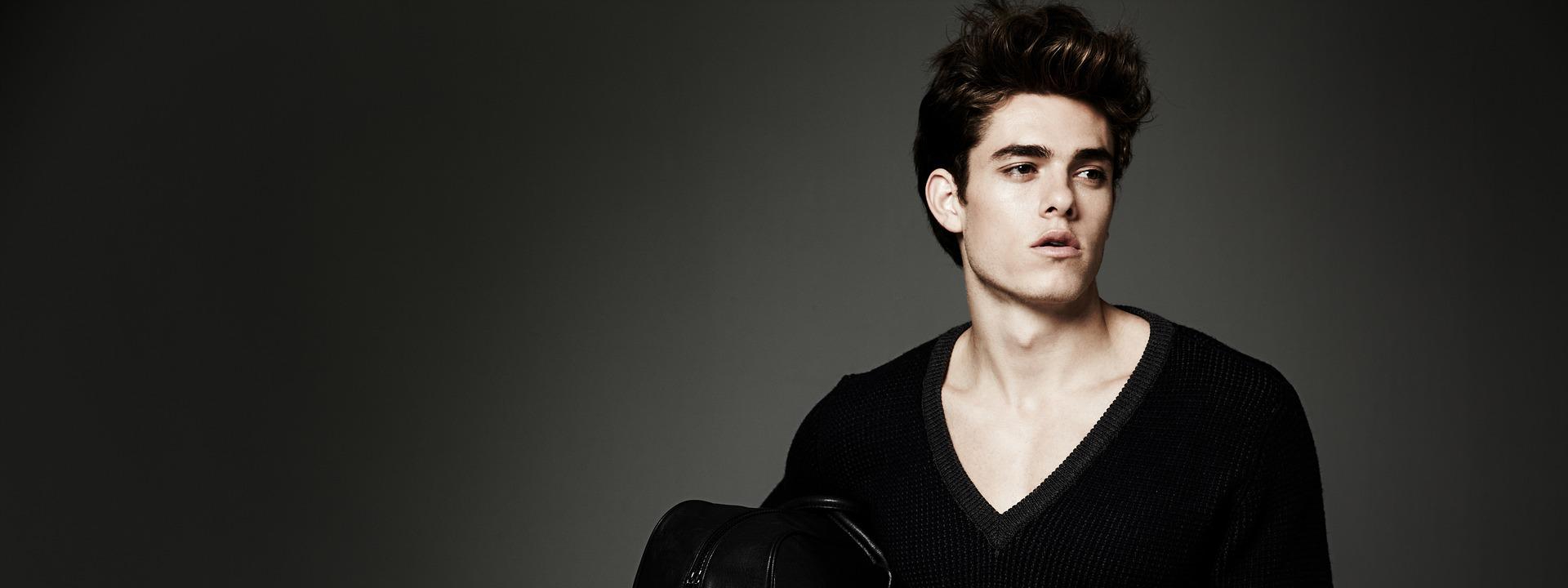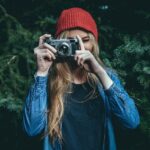I think it’s best to start the first blog post by talking about the tools I use to capture some amazing moments. There are 3 important tools you will need to get your photography off the ground. Of course, a good DLSR camera is the best way to start.

My first camera was a Canon 70D. There are so many options to choose from, I felt that the 70D was a good intermediate camera and it had all the features I needed. After testing out the camera on a vacation trip, I knew I wanted to improve my skills and upgrading the camera was the best option. I jumped to a full frame Canon 6D, after a friend of mine allowed me to use his for a few weeks. Full frame cameras generally are the best of the best; they have the largest sensors, most megapixels and sharpest lens options. It makes taking wide angle photos much easier. No, a full frame camera is not necessary to take excellent shots, but for the photography I wanted to shoot it worked much better.

Using the correct lenses can make a world of difference in the quality of your pictures. Once I changed cameras to the 6D, the 70D lenses were not compatible; so my first professional lens was a Canon F2.8L 16-35mm Mark III. Just in comparing the difference in size and weight to the kit lenses that came with the 70D, you could tell some amazing pictures were going to come from this lens. It is truly amazing how much of an impact the lens has. I would say it is more important than a great camera.

Being relatively new into the camera the settings can be quite challenging as you’re learning to shoot with them; but stick it out, it will be worth it. I began shooting in TV mode because it was the easiest for me to learn. If I were to start over again, I would start at M(Manual) mode and force myself to learn how to properly adjust the settings based on the type of photo I was trying to shoot. M mode allows the most customization of your camera features. You can control: aperture, shutter speed, and iso; which are the 3 key factors for properly controlling the exposure. This is the hardest thing to learn but gives you unlimited options in shooting a photo. Once you master M mode, your photographic possibilities are endless. I will go more in detail on these 3 factors in the next post.

Although not necessary, I will include a drone as part of the tools I use. At first a was skeptical about adding a drone to my gear so soon. I was debating on whether I should master the Canon first before taking on the controls of a drone. I’m so glad I did early on. I would recommend it to any photographer. The versatility of a drone will add a great tool to any photographer’s talents. It allows you to shoot angles and locations that would be impossible with a regular camera. It takes some getting used to flying and shooting at the same time. But the outcome can open up your portfolio.

Combining the tools above will get you way on your way to shooting great photographs. It is a learn by experience hobby so do not get frustrated. Stick with it and learn to manipulate your settings so your photos will be shot exactly the way you’ve planned. I’m looking forward to building up more informative content on my site to help photographers with tips and tricks as well as travel updates and trip itineraries. Stay tuned…





